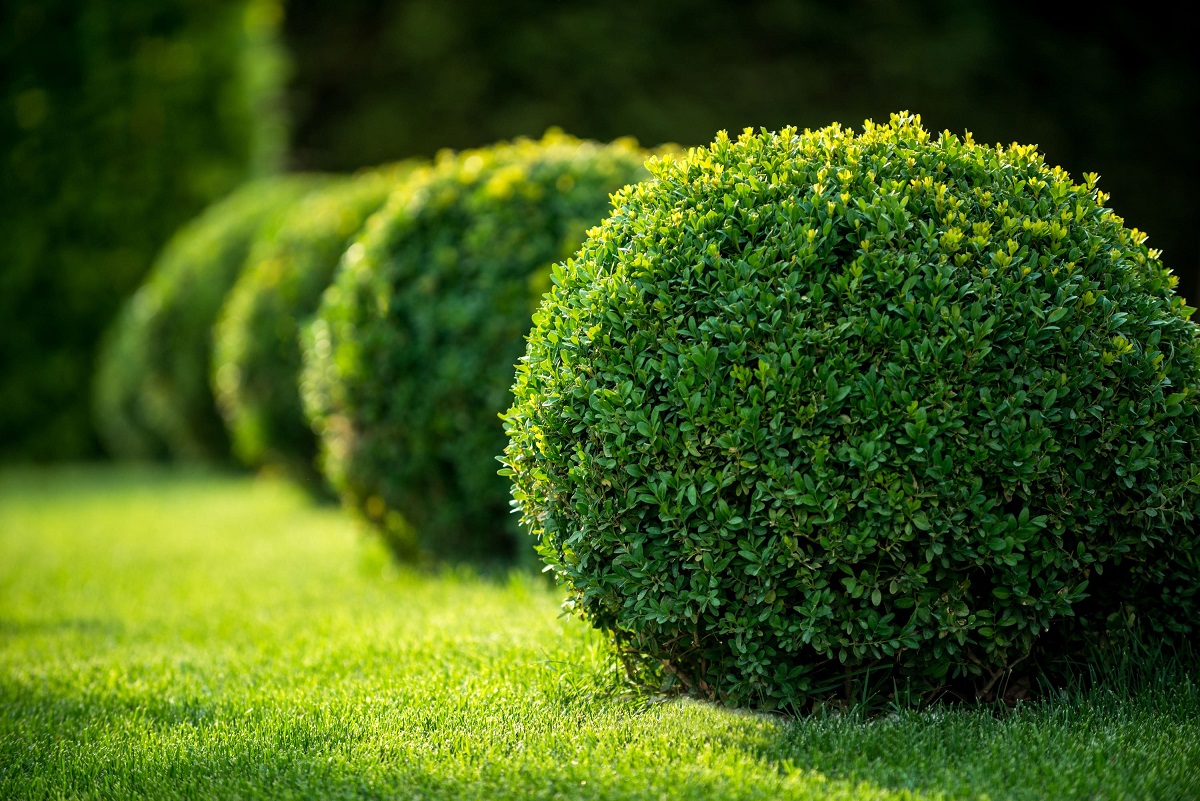If you’ve ever visited stately homes and gardens and admired the architectural beauty of evergreen spheres and cones, beautifully clipped mazes, evergreen peacocks and other statuesque shapes, you may be inspired to create your own topiary.
This art of training plants into intricate shapes and forms may seem an occupation for the extremely skilled and artistic gardener, but we’ll show you some simple tricks to get started.
You can create a whimsical shape from a plant which will be both eye-catching and a topic of conversation when spotted.
Start with simple topiary shapes
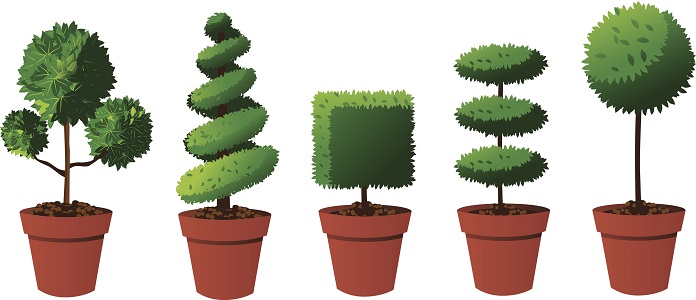
Balls, pyramids, cones and obelisks are among the easiest shapes to start with, according to the RHS. You should choose a young, well-proportioned plant such as box or yew which can be tightly clipped for detailed work. They are slow-growing, so once their shape is established it should be fairly easy to maintain.
You can also use holly, privet and the evergreen honeysuckle Lonicera nitida.
Wire frames are widely available to create the shape you want. Tie flexible young shoots to the frame to create bushy growth. Cut sideshoots back regularly to two or three buds to encourage branching.
When the plant is growing, make sure the ties aren’t cutting into the stems. Stems facing downwards will grow the slowest and need to be tied in regularly, while vertical growth is the quickest.
Larger topiary shapes need open sites
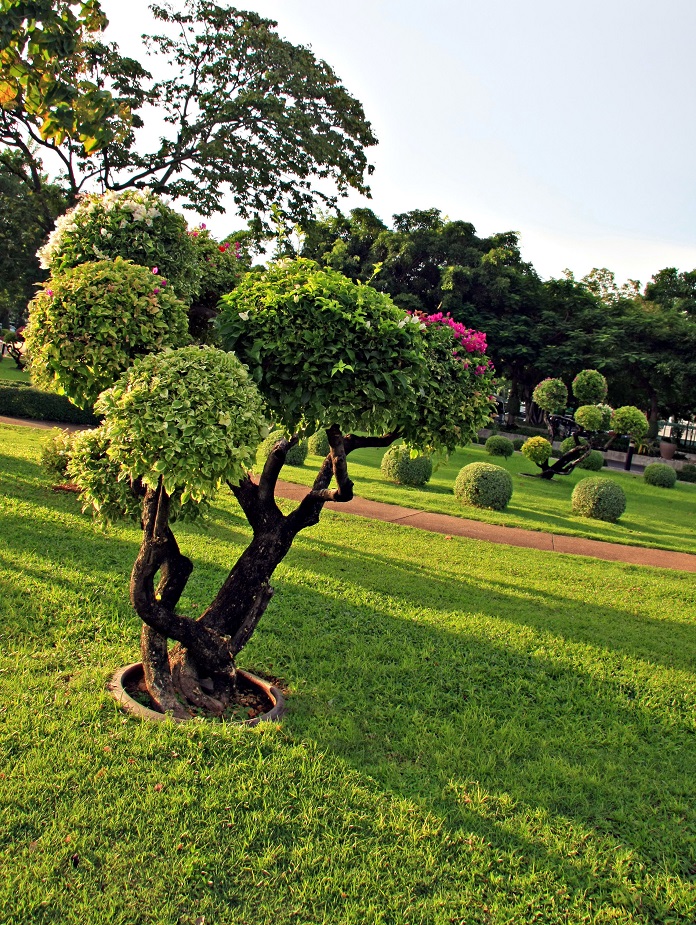
Individual specimens can be grown in pots, but if you’re after something bigger, they will be more likely to succeed in an open sunny site. Try to provide some shelter from strong winds to keep your topiary shapes looking at their best.
As both box and yew are slow-growing, you only need to trim them twice a year once their shape is established. Trim in early summer and early autumn using sheep shears or single-handed clippers.
If you are starting from scratch, choose a plant that already has the makings of a shape such as a dome or spire so all you have to do is exaggerate it.

Common ivy can easily be trained into formal shapes with, say, the help of sweet pea rings, to grow around metal hoops or arches against a wall. Dwarf conifers can also be used to make effective architectural shapes, while upright varieties are ideal for training into obelisks or spires. Common holly can be used to make into mushroom or sphere shapes.
Some topiary shape ideas…
Create a lollipop
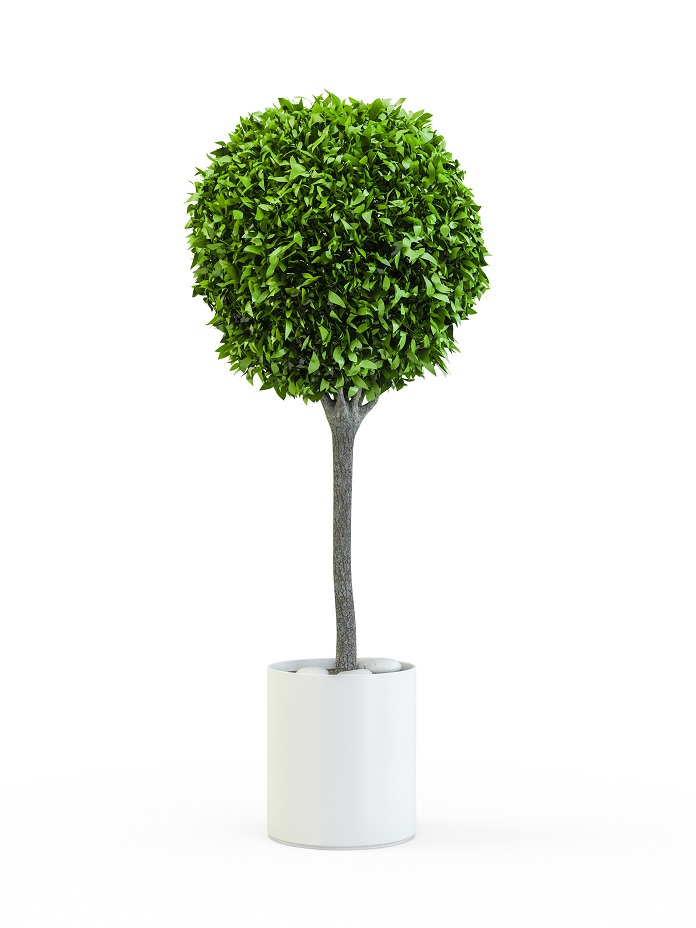
To make a standard box bush, gradually shorten the lower branches by half when the plant is around 2ft high. This will allow a stem to form so you can shape the top into a rough ball shape. A year later, cut all branches from the stem. The lollipop top should be half the stem height, then trim it to shape.
As the plant matures, the branches and leaves should become tightly knitted to give a solid appearance. Apply an annual dressing of Growmore and mulch the soil with organic matter in spring.
Shape a sphere
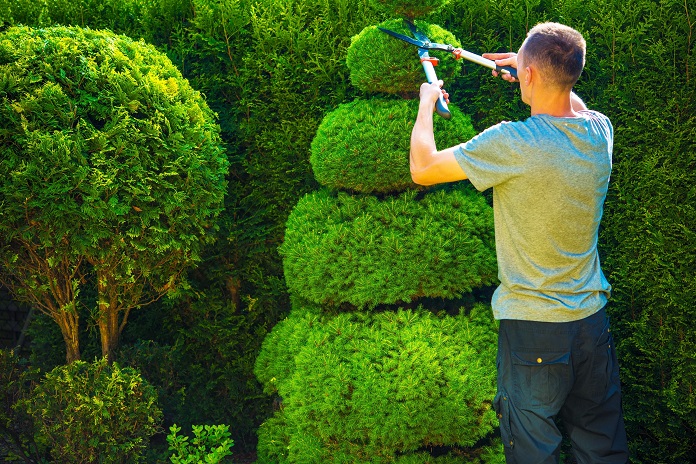
To make a topiary sphere, stand above the plant and clip a broad band around its waist. Clip from the top middle point to the waist, then upwards from the bottom middle point to the waist. That will give you the outline for your sphere.
These sort of shapes look great in pairs outside front doors to make an impressive entrance, or add structure when put together on a patio.
Make a pyramid
If you want to make a pyramid or cone, tie three canes together into an extended triangle to use almost as a guideline for shape.
Tie any long shoots to the cane with twine to form the outer edges and prune the plants to the pyramid template.
Use frames for complex shapes
With other shapes, place a wire ‘former’ over the plant and only start clipping once the plant has grown through. Formers, unlike frames, can be removed once the outline of the shape has developed.
Use frames of sturdy wire to help with more complex shapes such as spirals, cake stands, arches and animals.
Potted topiary needs watering thoroughly and regularly in summer and the roots need protection from frost in the winter.
Once you have got the hang of the sphere or the pyramid, who knows, before long you may be able to create that grand peacock you’ve been dreaming about!
You might also be interested in…























































